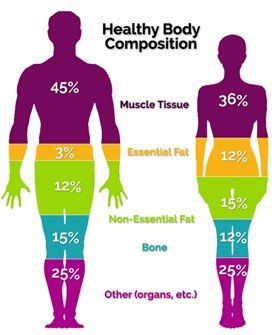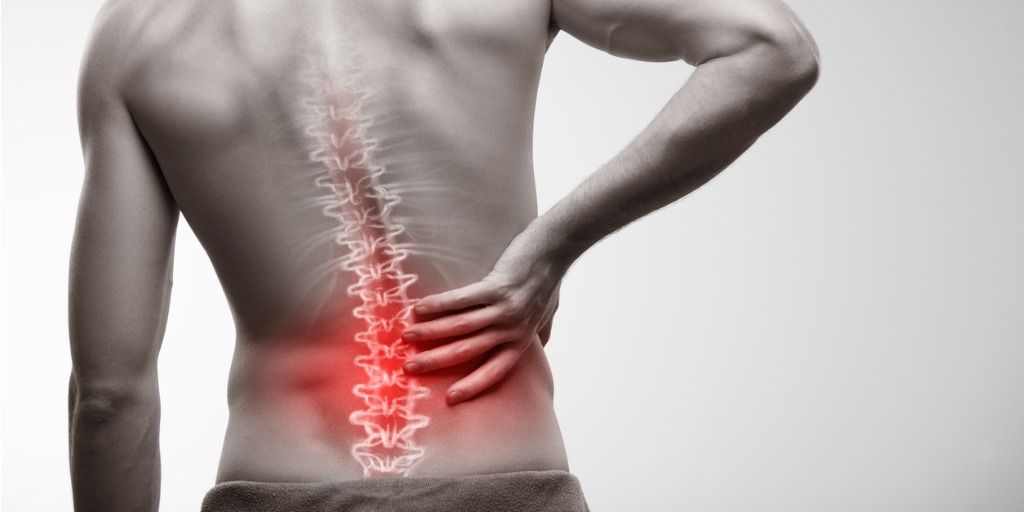Changing your body composition.
How to stop blaming our genetics and start seeing changes!

There are 5 different variables we can change to start seeing some changes.
1. Quit the processed foods
What we put into our body is the most critical variable we can change that will guarantee changes, and it’s not about eating less. What you eat each day makes up portions of your cells, hair, skin, nails, muscle, fat and so much more. The nutrients you consume aren’t just getting transported through your digestive system and bloodstream; they are also a vital part of everyday tissue generation that makes us who we are. When we look at a food it represents so much more than calories it is nutrients that makes up your cells, so chose wisely.
Studies have shown that those who eat processed foods eat an average of 500 calories more per day than those who eat unprocessed food. In one study this excess calorie consumption eventuated in a kilo weight gain over a 2-week period. Not only do processed foods contain high amounts of added sugars, fats and sodium (salt), they also often contain artificial ingredients, and they don’t always list everything they add. For example, companies don’t have to list what combination of chemicals they include when they mention the food has “artificial flavour”.
With excess calories and unknown chemicals, we can ask ourselves the question; do we really want unknown chemicals making up the cells of our body?
2. Food sensitivity
Ever felt bloated or fatigued after a meal? This could be due to food sensitivity. Being intolerant to a specific food may mean that your body is identifying it as a foreign body that needs to be eliminated. The body then attacks it and spends its energy doing that rather than spending energy on protein synthesis. This may cause some inflammation, swelling and headaches.
Over 20% of the population have a food intolerance and many don’t even know about it. If you start to notice this feeling it may be beneficial to try an elimination diet. This diet is simple, it involves removing the food you’re suspicions of for 14 days and reintroduce it. If you notice you feel better, then you know to make a change and remove that food from your diet or continue to have it and suffer the consequences. If you feel no difference, then you’re able to cross that food off the list and try another food.
3. Sleep
Research has shown that getting inadequate sleep may lead to retention of body fat and increased risk of weight gain. How? Evidence shows that the lack of sleep leads to reduced production of leptin (sanity hormone) and increases levels of ghrelin (appetite hormone). This combination may compromise the effectiveness of a well-balanced nutrition and training program.
4. Fibre for the win
Fibre filled food is a natural probiotic, which provides your gut with good bacteria, which is desirable for fat loss and overall health. The average western diet contains 15g of fibre which is half the minimum recommended. Aim to get at least 30g of fibre per day to maximise your weight control and provide your gut with the bacteria in loves.
5. Train what you love
By partaking in an activity that you enjoy, you’re more likely to stay consistent and avoid skipping those days when you really can’t be bothered. Whether it is weights, cardio, group training or a walk along the beach, doing a type of exercise you enjoy is good for the body and the mind.
References
Cadegiani, F. and Kater, C., 2018. Body composition, metabolism, sleep, psychological and eating patterns of overtraining syndrome: Results of the EROS study (EROS-PROFILE). Journal of Sports Sciences, [online] 36(16), pp.1902-1910. Available at: <https://www.tandfonline.com/doi/full/10.1080/02640414.2018.1424498> [Accessed 2 February 2022].
McRorie, J., 2015. Evidence-Based Approach to Fiber Supplements and Clinically Meaningful Health Benefits, Part 1. Nutrition Today, [online] 50(2), pp.82-89. Available at: <https://www.cambridge.org/core/journals/british-journal-of-nutrition/article/digestive-physiological-outcomes-related-to-polydextrose-and-soluble-maize-fibre-consumption-by-healthy-adult-men/4F8D79E001C3976AF303724B14648D0F> [Accessed 3 February 2022].
Nardocci, M., Leclerc, B., Louzada, M., Monteiro, C., Batal, M. and Moubarac, J., 2018. Consumption of ultra-processed foods and obesity in Canada. Canadian Journal of Public Health, [online] 110(1), pp.4-14. Available at: <https://link.springer.com/article/10.17269/s41997-018-0130-x#citeas> [Accessed 1 February 2022].
Westerterp-Plantenga, M., 2020. Challenging energy balance - during sensitivity to food reward and modulatory factors implying a risk for overweight - during body weight management including dietary restraint and medium-high protein diets. Physiology & Behavior, [online] 221, p.112879. Available at: <https://www.sciencedirect.com/science/article/pii/S0031938420301967> [Accessed 2 February 2022].




